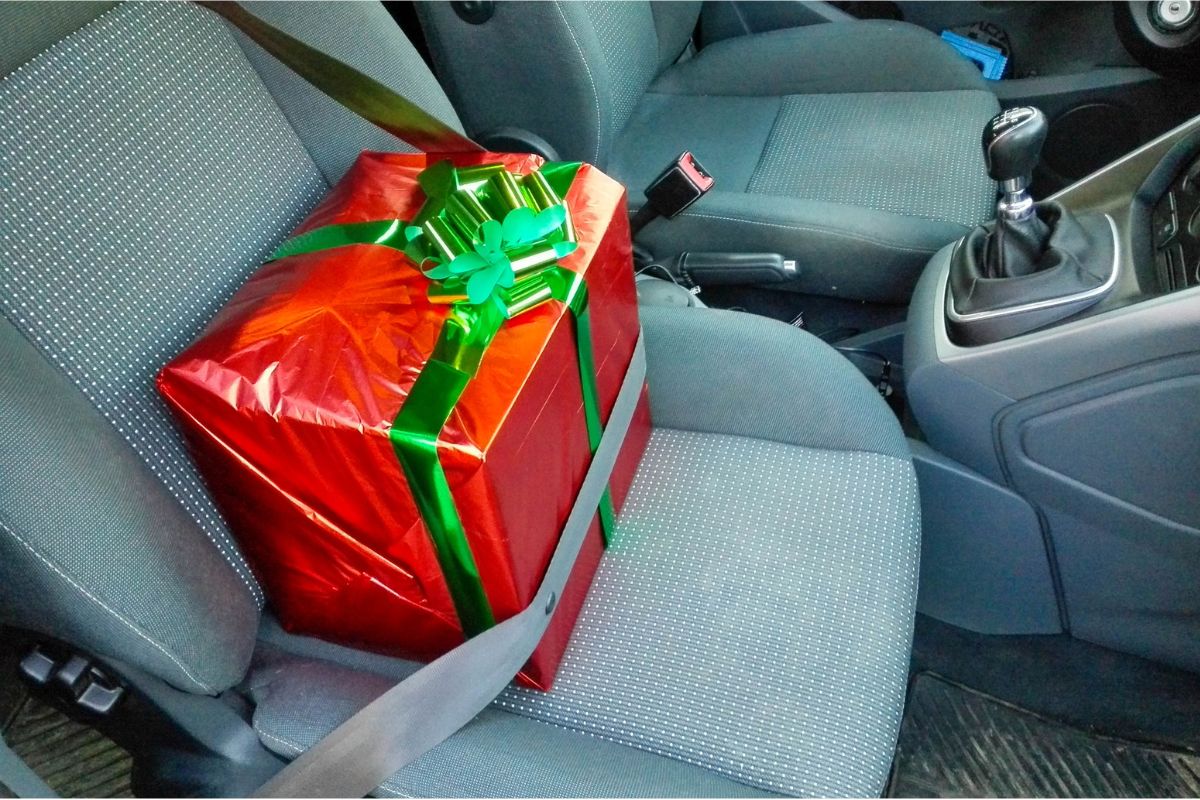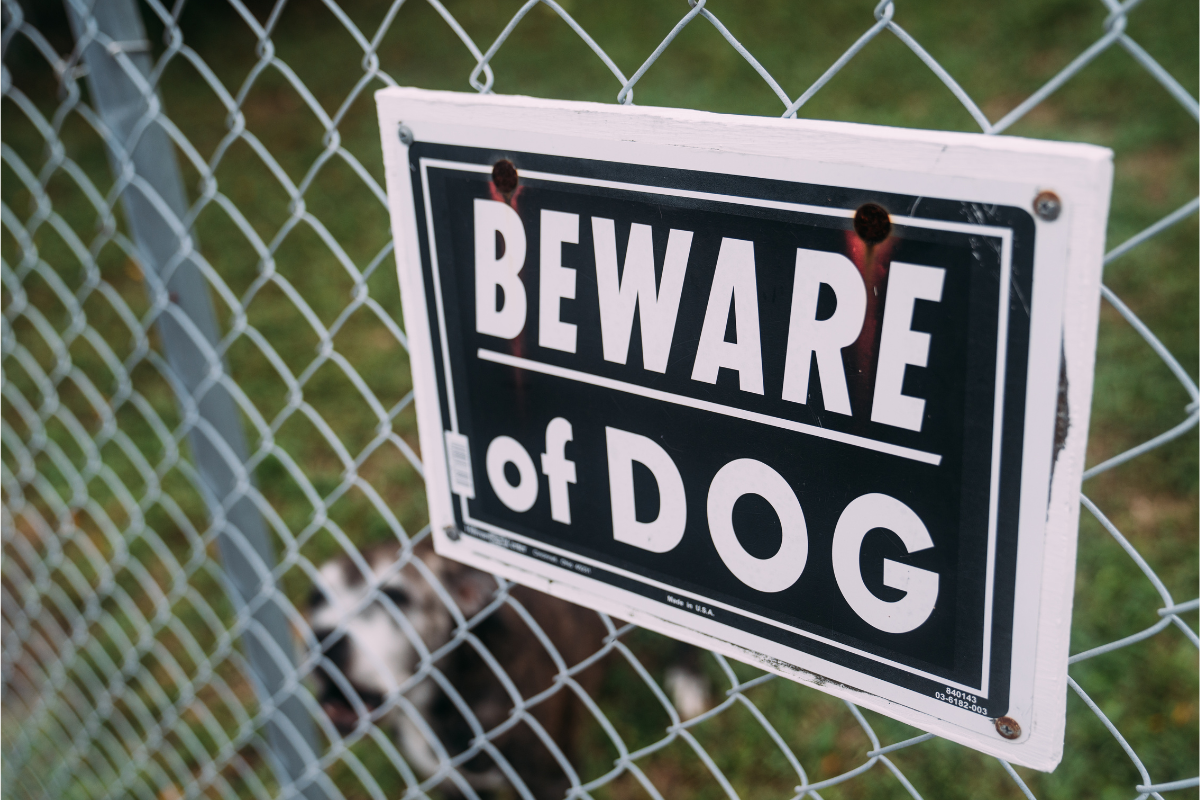Dogs play an important role in the lives of many Texans. They bring love, laughter, and companionship. But we have to remember; they are animals and have animal instincts, which means in certain scenarios they can lash out. That's where Texas dog bite law comes in.
According to the American Veterinary Medical Association, about 4.5 million dog bites occur in the United States annually. Almost one in five people who have been bitten by a dog require medical attention, which is many times costly. Dog bites can happen with any breed of any size, and many attacks are the result of the dog owner’s negligence. This means that in many cases, the dog bite was preventable.
However, not all states have the same laws governing dog bites. Texas is a negligence, or one-bite-rule, state when it comes to dog bites. In order to recover damages, an injured person must show negligence on behalf of the dog owner.
What is Negligent Handling?
A dog bite victim in Texas may recover compensation for their dog bite injuries on the grounds of negligence. So what exactly is negligence? Negligence is considered the lack of ordinary care, the absence of the kind of care a reasonably prudent and careful person would exercise in similar circumstances. If a dog owner fails to handle their dog as a reasonable, prudent individual, a dog bite victim may initiate a negligent handling action. For example, a reasonable, prudent individual wouldn't allow a stray dog into a yard where young children are playing.
To recover a negligent handling claim, a plaintiff must prove that the defendant did all of the following:
- Owned or possessed an animal
- Owed a duty to exercise reasonable care to prevent the animal from harming others
- Failed to meet that duty
- The failure to meet the duty caused the plaintiffs injury
This type of personal injury claim is advantageous for the plaintiff's side because there is no need to demonstrate that the owner knew the dog’s vicious tendencies.
Texas’s negligence rule does not only apply to dog bites but will also apply to other types of injuries that dogs cause. For example, if a large dog jumps on an older adult, knocks them down, and causes a fracture, the injured person may pursue a claim for damages against the dog’s owner. Once again, it must be proven that the dog’s owner knew the dog was aggressive or that the owner failed to use reasonable care to prevent the dog from causing harm to others.
What is Strict Liability?
Texas courts may apply a strict liability rule in cases where the dog is known to be vicious, dangerous, or mischievous, and the bite resulted from the dog’s known nature.
If a dog has bitten someone before, that dog may be classified as a dangerous dog regardless if the bite caused serious harm. In this context, strict liability means if a dangerous dog caused a person's injury, the victim would not have to demonstrate that the dog’s owner also failed to use reasonable care to restrain the dog. The injured person would be able to recover damages by simply demonstrating that the dog was known to be dangerous before their injury.
To recover, a dog bite victim must prove the following:
- The dog previously bit a person or acted like it wanted to
- The owner was aware of the dog’s previous conduct
- If neither of these conditions are met, the victim cannot recover under this doctrine
Negligence per se
If an individual violates a law and causes an injury in which that law was designed to prevent, that individual may be presumed to have acted negligently. The negligence per se doctrine comes into play in dog bite cases when a dog owner violates animal control laws, such as requiring dogs to be on a leash.
A dog bite lawyer can help a victim prove the following:
- There was a violation of a statute
- The violation caused the injuries
Landlord Liability related to Dog Bite Laws in Texas
A landlord or landowner in Texas may be liable for injuries if they fail to rid the premises of a known dangerous dog. Another example, if the landlord is aware of a dog living on the premises, but does not keep common areas safe for residents or guests such as maintaining doors, gates or other barriers that would keep the dog away from people. The dog bite injury must have occurred in a common area under the control of the landlord and the landlord must have had actual or imputed knowledge of the particular dog’s vicious inclination.
What is a Dangerous or Vicious Dog in the eyes of Texas Dog Bite Law?
The Texas law identifies a vicious dog as one that:
- Bit or scratched a person on three separate occasions.
- Scratched or bit a person and an attending physician presented an affidavit stating that the person's life may have been endangered by the dog to the health authority on at least one occasion.
- Has killed another dog, cat, domestic pet, or livestock on at least one occasion or injured another animal so severely that the veterinarian presented an affidavit to the health authority advising the injured animal's life was seriously endangered.
There are three ways that the law recognizes for an owner to learn that their dog is considered a dangerous dog:
- Your dog has attacked someone in the past and you are aware of it.
- The court has sent you a notice that they have found your dog to be a dangerous dog.
- Animal control has informed you that your dog is a dangerous dog.
Is it enough to post a beware of dog sign?
No, posting a beware of dog sign does not alleviate pet owners of responsibility. A secure enclosure under Texas law means a fenced-in area that is:
- Locked
- Prevents the dog from escaping
- Capable of preventing others from entering
- Clearly marked as containing a dangerous dog
- Inspected and approved by a local animal control authority
Comparative Negligence Defense
In Texas, dog owners are permitted to mount a defense based on the comparative negligence of the dog bite victim. Depending on the success of comparative negligence, the damages awarded are reduced by the degree of the plaintiff’s negligence. What this means is if it is found that the plaintiff’s own conduct was 20% responsible for causing the incident, the victim’s recovery will be reduced by 20%.
What Can a Dog Bite Lawyer Do For Me?
A qualified dog bite lawyer can help victims seek compensation for the following:
- Past and future medical bills
- Pain and suffering
- Lost wages
- Psychological counseling to overcome emotional trauma
- Disfigurement
- Other
Texas dog bite law may not be as simple as it seems, especially if the attack caused serious injuries and lifelong emotional trauma. Contacting an attorney as soon as possible will determine the value of your claim. Additionally, a dog bite lawyer will be able to discuss your legal options and help you to navigate through the often complex legal system.
How The Carlson Law Firm Can Help
If you or someone you love has suffered a dog bite or attack, don’t hesitate to contact our seasoned Texas dog bite attorneys. We have a strong understanding of Texas dog bite law.
The Carlson Law Firm has devoted decades to protecting the rights and futures of injured victims and their families. We will advocate relentlessly until you receive the justice that you deserve. Let us navigate your situation and provide the legal guidance you require.
Contact us today for a free, no-obligation consultation. We care, we can help.




